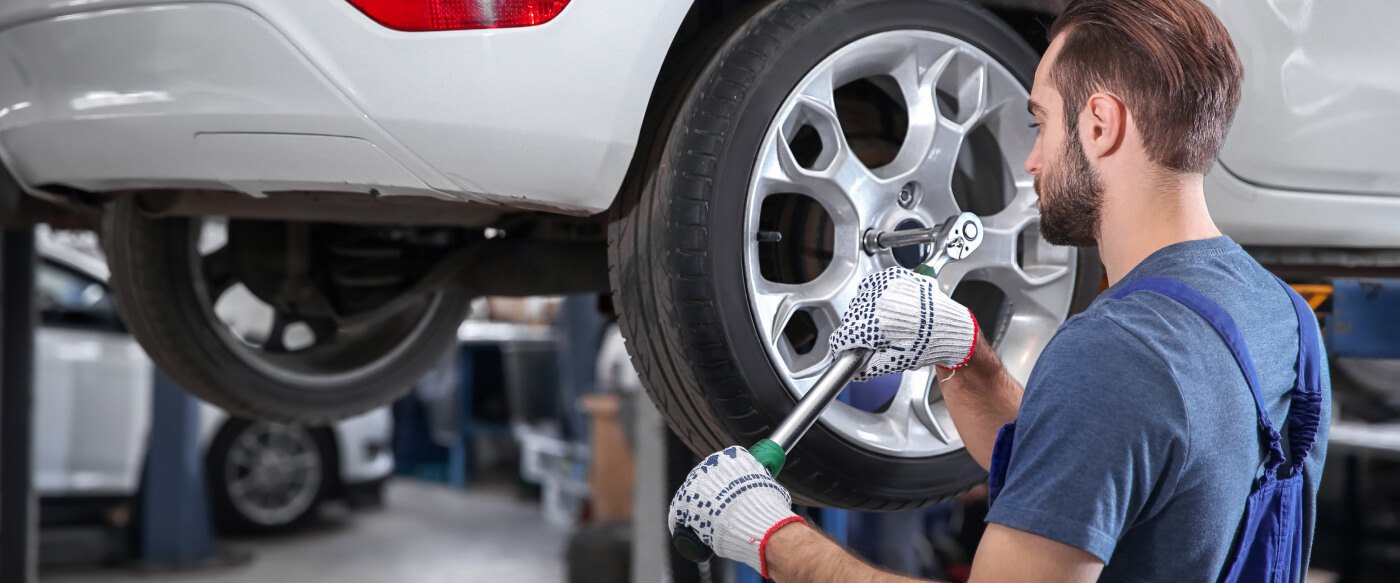Unlock Performance: Expert GMC Tire Service at Morris Tires
Tire Solution: The Effect of Weather
When it comes to making sure ideal efficiency and safety when traveling, comprehending the influence of weather conditions on tire solution is essential. From scorching warmth to icy roads, each climate element can substantially influence tire functionality and general driving experience. By delving right into the results of differing climate conditions on tires, chauffeurs can get beneficial insights that may improve their automobile's efficiency and long life. In this conversation, we will certainly discover the elaborate partnership between climate condition and tire solution, clarifying the value of weather-specific tire upkeep practices and considerations.
Warmth and Tire Performance
When revealed to high temperature levels, tires experience adjustments in performance that can considerably influence vehicle safety and security and handling. The heat created from prolonged driving or warm weather problems creates the tire rubber to soften, causing lowered walk life and boosted wear. As the rubber comes to be softer, the tire's grip when traveling reduces, impacting braking ranges and total grip. In extreme cases, extreme heat can even create tire blowouts, posing a severe security risk to the lorry and its passengers.

Winter Results
Cold climate conditions can have a considerable influence on tire efficiency and safety. As temperature levels decline, tire rubber can harden, bring about lowered traction on icy or snow-covered roads. In cold weather condition, tires may also lose air stress a lot more swiftly, which can affect handling and gas effectiveness. Additionally, cool temperatures can create tire sidewalls to stiffen, increasing the threat of damage from craters or other roadway threats.
To alleviate the effects of chilly weather on tires, it is vital to regularly examine tire pressure and inflate them to the manufacturer's suggested degrees. Utilizing winter months or all-season tires developed for chilly weather problems can also improve traction and grip on icy or snowy roads. Proper tire maintenance, consisting of normal assessments for wear and damages, comes to be much more critical during chillier months to make certain optimum efficiency and safety and security.
Rainy Issues Effect
Tires with damaged treads are extra prone to hydroplaning, where a layer of water builds up between the roadway and the tire surface area, leading to loss of grip. To fight this, drivers need to routinely examine their tires for adequate walk depth and take into consideration investing in tires specifically made for wet problems.
Furthermore, rainy weather can also decrease exposure, making it additional hints challenging for drivers to see the road in advance plainly (GMC Tire Service). In such problems, it is crucial to readjust driving speeds as necessary and keep a secure complying with range to permit abrupt stops. Properly filled with air tires can also aid in keeping control on wet roadways by providing far better handling and grip
Snow and Tire Security
Snow-covered roads present distinct difficulties for vehicle drivers, highlighting the importance of appropriate tire choice and upkeep. When driving in snowy problems, having the right tires can make a considerable distinction in safety and performance. Wintertime tires are designed with special rubber substances and tread patterns to supply better traction on snow and ice contrasted to all-season tires. The much deeper treads and sipes of wintertime tires aid grip the roadway much better, decreasing the danger of moving and sliding.
Moreover, vehicle drivers should think about mounting tire chains in severe snowy conditions. Tire chains provide extra traction by gripping the snow and ice, enhancing security and control. It is crucial to comply with supplier instructions when utilizing and mounting tire chains to protect against damages to the tires and vehicle (GMC Tire Service). By picking the right tires, maintaining correct rising cost of living, and taking into consideration extra traction help like tire chains, drivers can boost their security when browsing snow-covered roadways.
Weather-Related Tire Maintenance
Weather-related tire upkeep incorporates a range of techniques intended at guaranteeing optimum tire feature and durability in different weather situations. One essential element of weather-related tire maintenance is tire stress policy. Inspecting tire walk on a regular basis and changing tires when tread wear reaches a specific depth is important for keeping grip and security in unfavorable weather.
Verdict
In verdict, climate conditions have a considerable influence on tire performance and safety and browse around here security. From warm impacting tire stress and put on to cold climate lowering traction, it is vital to take into consideration the weather when preserving and utilizing tires.
In this conversation, we will certainly discover the intricate relationship between weather conditions and tire solution, losing light on the value of weather-specific tire maintenance techniques and factors to consider.
